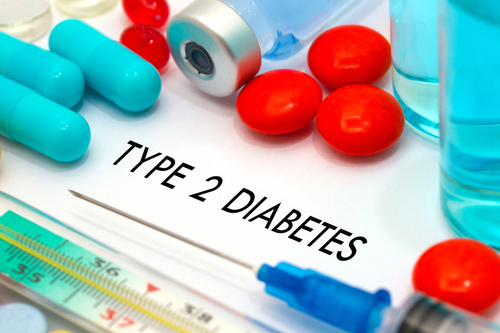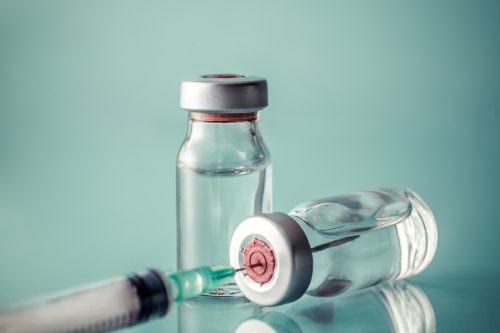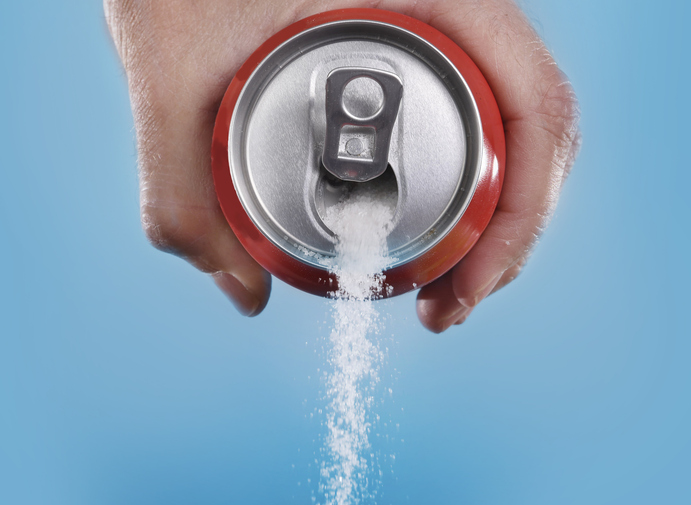
According to a recent study in the Journal of Periodontal Research, the downregulation of peroxisome proliferator-activated receptor (PPAR) subtype expression in patients with type 2 diabetes (T2D) impairs the healing of periodontal tissues after periodontal therapy.
The study sought to “investigate the mechanisms underlying the impaired healing response by diabetes after periodontal therapy.” Researchers used both animal models and human subjects to comprehensively analyze gene expression patterns in gingival tissues and identify key pathways involved in the healing process.
In the animal portion of the study, Zucker diabetic fatty (ZDF) rats, a well-established model for T2D, were compared with Zucker lean (ZL) rats. Experimental periodontitis was induced in both groups by ligating the mandibular molars for 1 week. Following ligature removal, gingival tissues were harvested, and gene expression was analyzed using RNA sequencing (RNA-Seq). The results revealed significant impairments in bone resorption and recovery in the ZDF group compared with the ZL group.
The RNA-Seq analysis found 252 differentially expressed genes. Pathway analysis highlighted the downregulation of genes involved in the peroxisome PPAR signaling pathway, a key regulator of inflammation and metabolism. Specifically, PPARα and PPARγ were found to be significantly decreased at both the mRNA level and in immunohistochemistry in the ZDF group when compared with the ZL group.
To validate these findings in a clinical context, the researchers examined gingival tissues from patients with and without T2D who underwent nonsurgical periodontal therapy.
Consistent with the animal model results, patients with T2D exhibited significantly less reduction in probing depth than the control group. Furthermore, “significantly downregulated expression of PPARα and PPARγ were detected in the residual periodontal pocket of the T2D group compared with those of the control group, but not in the shallow sulcus between the groups.”
By explaining the role of the PPAR signaling pathway, these findings pave the way for the development of targeted interventions aimed at improving outcomes for diabetic patients with periodontal disease. However, further research is warranted to explore the therapeutic potential of modulating PPAR activity in this context.







 © 2025 Mashup Media, LLC, a Formedics Property. All Rights Reserved.
© 2025 Mashup Media, LLC, a Formedics Property. All Rights Reserved.